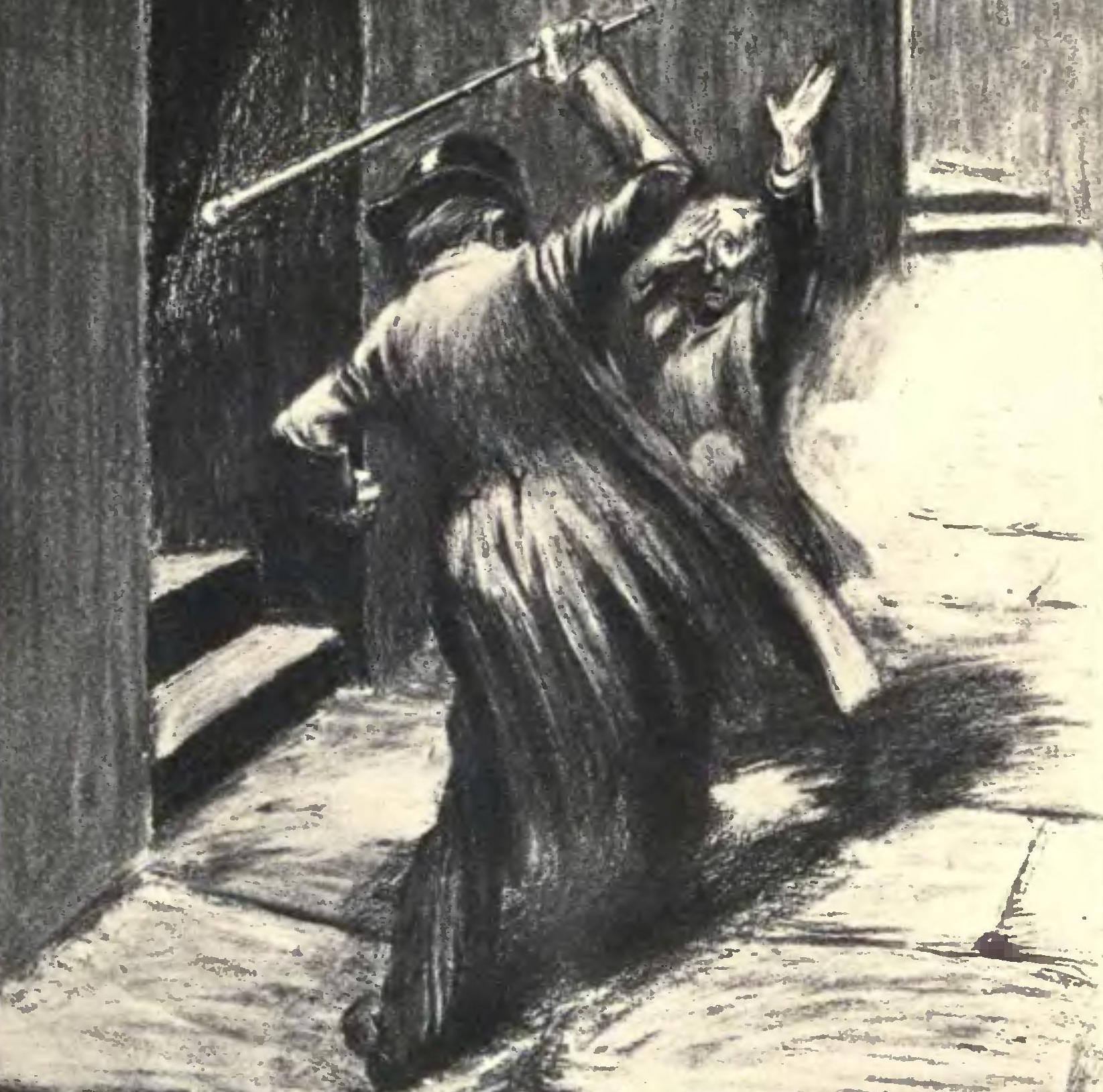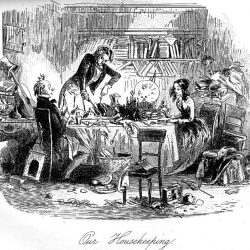In this guest post, Miriam Helmers (University College London) draws on how different digital tools and sources to examine the relationship between Dickens’s journalism and his fiction. She reports very interesting insights into the writer’s use of “a fantastic kind of descriptive language”. Charles Dickens was a reporter before he was a writer of fiction. … Continue reading “Dickens makes the impossible possible: Charles Dickens, Reporter?”
Category: Guest Posts
Good Neighbours, Good Friends? Navigating Neighbourhoods, Communities and Connection in Dickens
In this post, Dr Emily Bell (Loughborough University) explains how she has used CLiC to explore the theme of neighbourhoods in Dickens’s works. Emily is also an editor of the Dickens Letters Project and has recently been appointed as a fellow of the Software Sustainability Institute (SSI) – we look forward to learning more about … Continue reading “Good Neighbours, Good Friends? Navigating Neighbourhoods, Communities and Connection in Dickens”
Winner of the CLiC Digital Reading Competition 2019: Power & over-powering violence in Jekyll & Hyde, by Kaja Kozlowska
This post presents the winning entry for the CLiC Digital Reading Competition 2019 by Kaja Kozlowska of Bishop Walsh Catholic School in Sutton Coldfield. Kaja’s submission focuses on the themes of power and over-powering violence in Stevensons’s The Strange Case of Dr. Jekyll and Mr. Hyde. She addressed the question: “In what context is power … Continue reading “Winner of the CLiC Digital Reading Competition 2019: Power & over-powering violence in Jekyll & Hyde, by Kaja Kozlowska”
Dialect and the dead: Charles W. Chesnutt and the voices of the US South
To mark the launch of the African American Writers Corpus 1892-1912 (AAW; beta release), this guest post by Dr Jimmy Packham introduces one of the key authors of the AAW corpus, Charles W. Chesnutt. Jimmy is a Lecturer in North American Literature at the University of Birmingham and is a specialist in gothic fiction, including … Continue reading “Dialect and the dead: Charles W. Chesnutt and the voices of the US South”
Conversations in the CLiC corpora: Exploring their potential as models for dialogue in ELT
In this post, Chris Jones (University of Liverpool) shows how the CLiC quotes subsets can be explored to aid English language teaching. He provides a sample activity from his recent open access article in the Journal of Second Language Teaching & Research, co-authored with David Oakey. Nineteenth century fiction may seem an unlikely place to … Continue reading “Conversations in the CLiC corpora: Exploring their potential as models for dialogue in ELT”
The Decline and Fall of Cutlery and the Domestic Man
In this guest post, Katherine Jackson (Royal Holloway) demonstrates how searching for items of cutlery in the CLiC corpora can shed a light on the cultural context of 19th century Britain and the gender conventions of the time. If you enjoy this post, also make sure to check out her recent Technecast podcast on her … Continue reading “The Decline and Fall of Cutlery and the Domestic Man”
“Hello darkness my old friend…”. Enacting silence through punctuation in Heart of Darkness
As suggested by the famous song by Simon and Garfunkel, darkness and silence often go together in our imagination. Conrad’s novel Heart of Darkness seems to be no exception. The to-and-fro movement from linguistic description to literary appreciation and interpretation is what traditional stylistics and modern computer stylistics have in common, along with the assumption … Continue reading ““Hello darkness my old friend…”. Enacting silence through punctuation in Heart of Darkness”
Liminality in David Copperfield
In this guest post, Sophie Phelps explores ‘liminal’ Dickensian characters who are not quite children and not quite adults, as she shows with a case study of David Copperfield’s “child-wife” Dora. We think this topic is a fantastic fit for us: questions of characterisation in Dickens’s writing are very dear to the CLiC project. Childhood is … Continue reading “Liminality in David Copperfield”
Finding the biting point: Desire and biting males in Dickens’s ‘The Pickwick Papers’ and ‘The Old Curiosity Shop’
In this guest post, Colette Ramuz (Royal Holloway) explores textual patterns related to the mouth in a subsection of the CLiC corpus of Dickens’s Novels. She argues that the use of digital tools can help advance our understanding of Dickens’s representations of embodiment and sexuality. It is a commonplace that sexuality was considered a taboo topic … Continue reading “Finding the biting point: Desire and biting males in Dickens’s ‘The Pickwick Papers’ and ‘The Old Curiosity Shop’”
Distance-reading the feminine landscapes of The Awakening
In this guest post, Heather Froehlich, Digital Scholarship Fellow in Text Analysis and Assistant Librarian at Pennsylvania State University, shows that digital humanities is not all about big data but can also provide useful insights on a smaller scale. She demonstrates this with a case study of Kate Chopin’s novella The Awakening. One thing we digital … Continue reading “Distance-reading the feminine landscapes of The Awakening”










